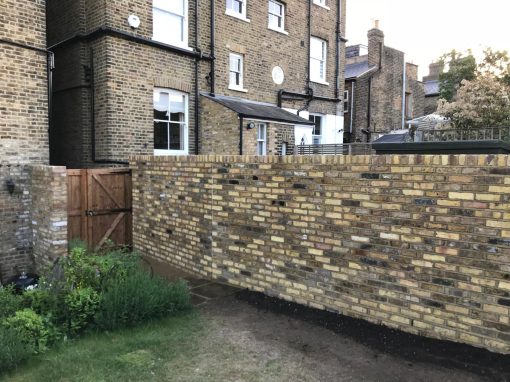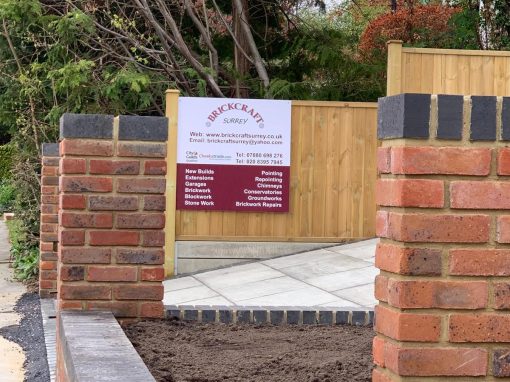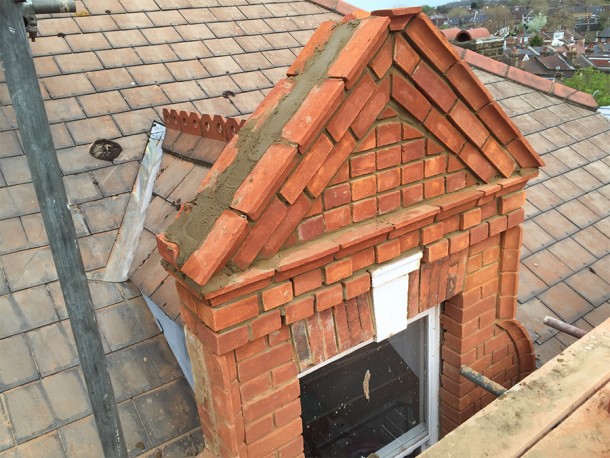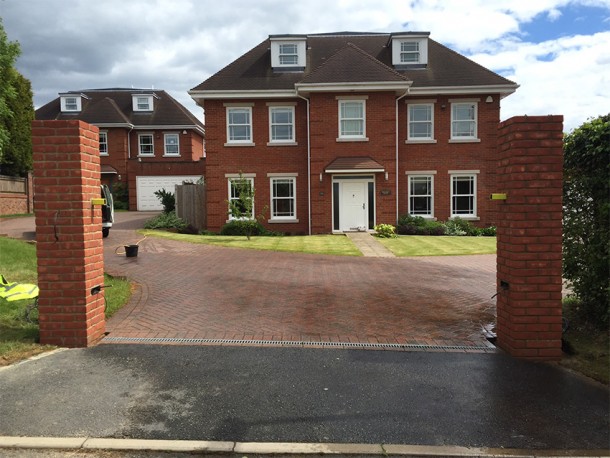Within the tranquil village of Slindon in West Sussex, one of the notable features is its remarkable brick boundary wall. Predominantly composed of traditional red brick, the length of this edifice is a reminder of the distinguished architectural history of this region. The wall not only adds character to the village but also serves a functional purpose of demarcating property boundaries, offering a subtle testament to the touch of time and the rhythms of rural life in England.
Interestingly, the Slindon brick boundary wall follows a veritable tradition of brickmaking in Sussex. Back in the 18th century, marl was often dug from the local fields to create bricks, a process which added to the region’s unique brickwork landscape. The substantial thickness of the boundary wall illustrates the robust nature of traditional English brickwork, capable of withstanding whatever the elements throw at it. The rich terracotta hue of the bricks further complements the aesthetic charm of Slindon, blending harmoniously with the existing historical structures and the natural beauty surrounding it.
Despite its age, the Slindon brick boundary wall remains in an impressive state of preservation. This resilience is testimony not only to the quality of the original craftsmanship but also to the community’s ongoing commitment to preserving their local heritage. This enduring, understated piece of architecture continues to tell a story of a bygone era, presenting a tangible link to the village’s centuries-old past while standing firm in the face of modern life’s relentless evolution.






